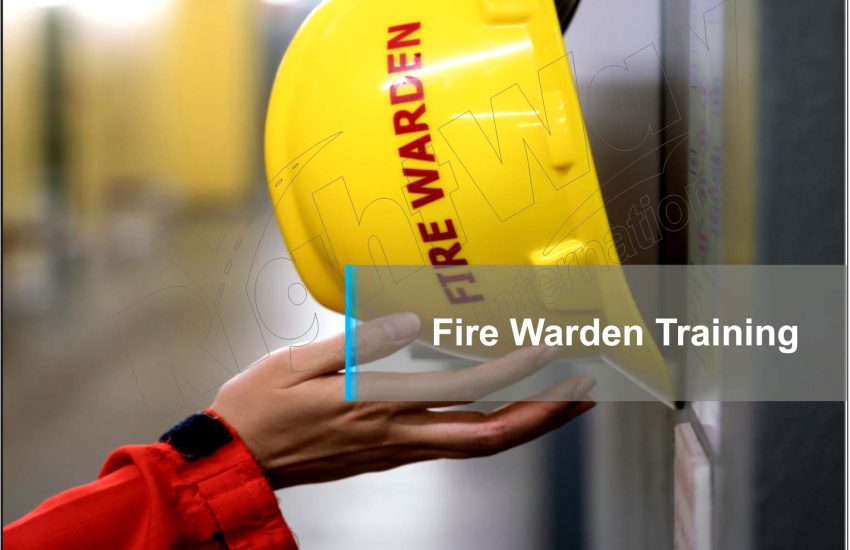Fire Warden Training is crucial for preparing designated individuals to lead and manage fire safety efforts within an organization. Fire wardens play a key role in ensuring compliance with safety regulations, conducting fire drills, and acting as a point of contact during emergencies. This article explores the importance of fire warden training, core responsibilities, and best practices for effective training programs.
Importance of Fire Warden Training
- Leadership in Emergencies
- Trained fire wardens provide essential leadership during fire emergencies, guiding employees to safety and ensuring efficient evacuation.
- Regulatory Compliance
- Many organizations are required by law to have trained fire wardens, helping ensure compliance with fire safety regulations and standards.
- Enhanced Safety Culture
- Fire wardens promote a culture of safety by educating their peers on fire hazards, prevention strategies, and emergency procedures.
- Proactive Risk Management
- By identifying potential fire risks and implementing preventive measures, fire wardens contribute to reducing the likelihood of fire incidents.
Core Responsibilities of Fire Wardens
- Conducting Fire Risk Assessments
- Regularly evaluate the workplace for fire hazards and ensure compliance with safety standards.
- Implementing Emergency Plans
- Familiarize themselves with the organization’s fire safety plan, ensuring all employees understand evacuation routes and procedures.
- Leading Fire Drills
- Organize and conduct regular fire drills to practice evacuation procedures and assess the effectiveness of the emergency plan.
- Training and Education
- Provide fire safety training sessions for employees, covering topics such as the use of fire extinguishers and recognizing fire hazards.
- Acting as a Liaison
- Serve as the point of contact between the organization and local fire authorities during inspections or emergencies.
Best Practices for Fire Warden Training
- Comprehensive Curriculum
- Develop a training program that covers fire safety regulations, emergency response procedures, fire behavior, and the use of firefighting equipment.
- Hands-On Training
- Incorporate practical exercises, such as using fire extinguishers and conducting evacuation drills, to enhance learning and retention.
- Regular Updates
- Provide ongoing training sessions to keep fire wardens updated on new regulations, technologies, and best practices in fire safety.
- Engagement and Participation
- Encourage active participation during training sessions to foster a sense of responsibility and teamwork among fire wardens.
- Evaluation and Feedback
- Implement assessment methods to evaluate the effectiveness of training and gather feedback from participants to continuously improve the program.
Conclusion
Fire Warden Training is a vital investment in workplace safety and emergency preparedness. By equipping individuals with the knowledge and skills needed to lead fire safety efforts, organizations can enhance their response capabilities and promote a culture of safety. Through regular training, hands-on practice, and continuous improvement, fire wardens can significantly contribute to preventing fires and ensuring the safety of all occupants. Prioritizing fire warden training not only fulfills regulatory requirements but also protects lives and property in the event of a fire emergency.


